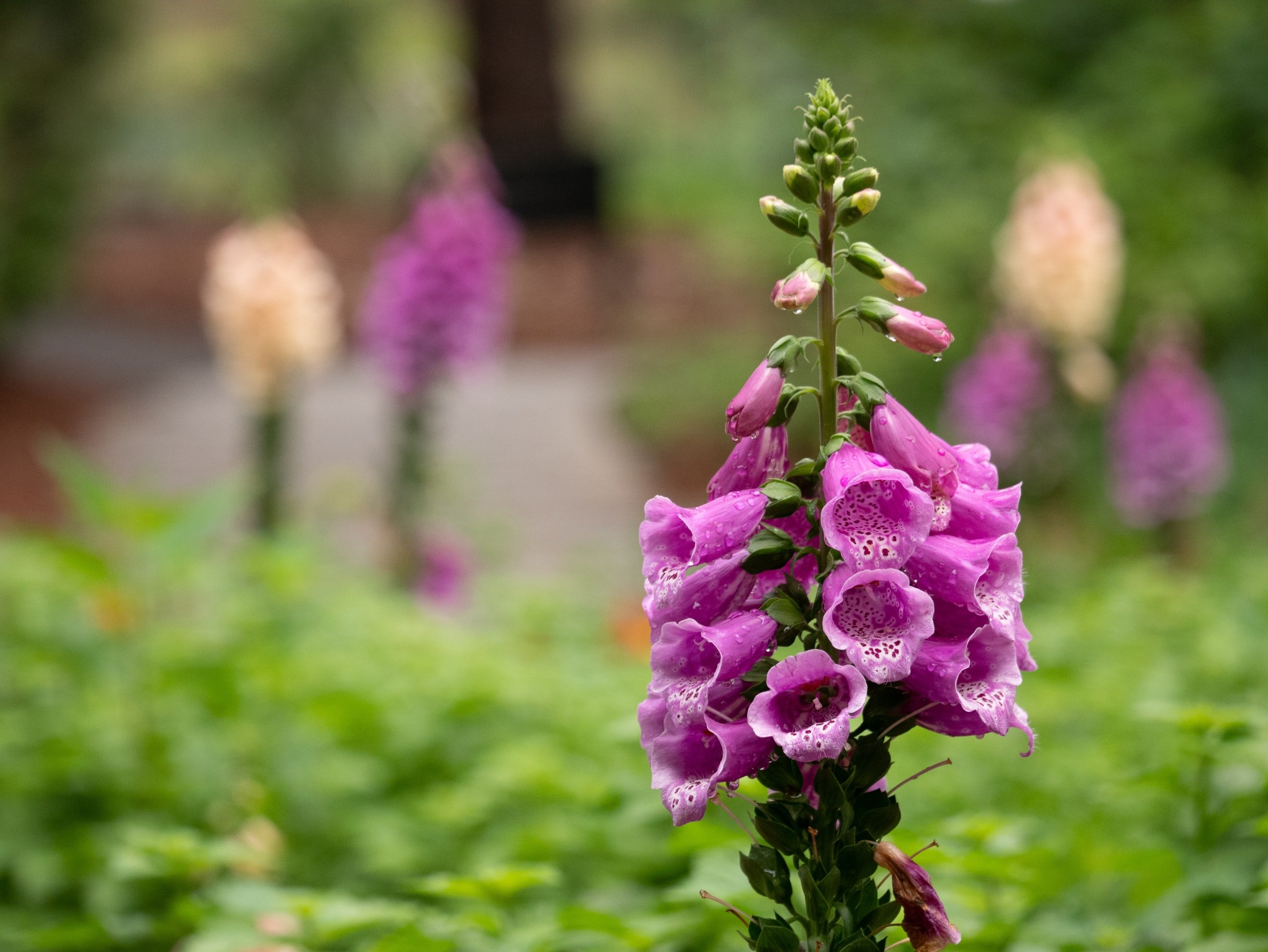
Our Story
Adapted from ‘The Retreat House Pleshey. A Brief History’ by The Revd Canon John Howden, a former Warden of The House of Retreat.
1066 and all that
When William the conqueror gave the land at Pleshey to Geoffrey de Mandeville, hardly could he have known how the history of the place was going to work out.
De Mandeville built a wooden castle with extensive earthworks to protect it, and all around the settlement he dug a deep ditch, with pleached hedges – closely woven thorn hedges to keep out unwanted visitors.
The word pleaching comes from the Old French pleche or plashe, to intertwine. It is from this that the village gets its name. The castle became a stone keep and the village established itself as a considerable force on the national scene.
The Gloucesters come to town
In the fourteenth century the Pleshey estates were inherited by the female line of the current owners, the de Bohuns. Eleanor de Bohun married Thomas Woodstock, Duke of Gloucester, and they set up home in Pleshey. The castle became a royal residence: he the Lord High Constable of England; and Pleshey a centre for the arts and chivalry. In 1394 Thomas caused a College of Canons to be built with a chapel dedicated to the Holy Trinity. Pleshey acquired its first Retreat House.
In 1546 Henry 8th closed the college and gave the Castle, College and church to one John Gates who proceeded to pull it all down and sell it. Thus only the earthworks and a few arches in the church remain to remind us of a former glory.
500 years on
The scene moves on to the beginning of the twentieth century. In 1906 two Anglican nuns of the congregation of the Servants of Christ visited the village.
The order was looking for new premises, since their old ones were too small. So impressed were they by the peace of the place, that they bought the Gatehouse, with its barn, Parsonage Cottage, Garden Cottage, which stood where the Evelyn Underhill room now stands, and land for the sum of £6,104.
They moved in and were soon joined by others. The barn proved too difficult to convert, so in 1908 it was pulled down and the new convent built. Some of the barn timbers were used to build the staircase and window. The convent was dedicated on 30th September, 1909. 23 nuns lived here and the Gatehouse was reserved for guests.
In the 1914-18 war, Belgian soldiers were sent to convalesce in the Gatehouse. Parsonage Cottage, original home to the priest who served the Gloucester’s’ chapel within the Castle grounds, was intended to house the chaplain to the Convent.
In the years 1912-14 the convent advertised in the Diocesan Gazette annual retreats for women and clergy testing their vocations – a foreshadowing of things to come! The Diocese at this time was that of St. Albans.
The nuns had a very good relationship with the Bishop of St. Albans, but when in 1914, the Diocese of Chelmsford was established and acquired its first bishop, the devout evangelical Bishop Watts-Ditchfield, matters took a new turn.
The new Bishop would not allow the nuns to reserve the Blessed Sacrament in their Chapel and unable to live with this, they moved to Potters Bar and eventually to Burnham, where the Order lives today.
The first Diocesan Retreat House
The convent was rented by the Diocese as a Retreat House for the sum of £82 per annum until 1927 when the Diocesan Mission Society bought the property, with the aid of a loan from the Diocesan Board of Finance, and the first Diocesan Retreat House in the country was established.
The first Warden was Annie Harvey and the first Chaplain, who lived in Parsonage Cottage, was Rev’d Henry Monks. It was through Rev’d Monks’ persistence and vision that the Retreat House was established by the diocese. Monks’ Cloister, on the west side of the garden is dedicated to him.
Under successive Wardens and Chaplains the Retreat House flourished and built a considerable spiritual tradition. Amongst the list of Retreat conductors is Evelyn Underhill. Arguably the most distinguished Conductor of that time, it is largely due to Evelyn that the Retreat house became so popular.
We will always owe a great debt of gratitude to both Henry and Evelyn, as do all those who come and enjoy this lovely place today.
In 1933 a new chapel, dedicated to the Blessed Virgin Mary, St Nicolas and All Saints, was blessed by the Bishop of Chelmsford.
The Blessed Sacrament is once more reserved here and the chapel continues to be the centre and focal point of all that goes on in this place.
And today
When you come to the Retreat House in Pleshey we hope that you will sense the atmosphere created by six hundred years of prayer. We hope that you will be aware of the communion of Saints, especially those who have given so much to this place. And, as you touch this place by your very presence here, we hope that you will feel the touch of God.

"Pleshey was a wonderful place to retreat to and reconnect with friends from my home church.
We all enjoyed its beautiful location and the hospitality of our hosts. It offered us the space to be still and to engage in what God had for us.
It was a special time.”
— Louise W, Christian Worker, Cambodia





